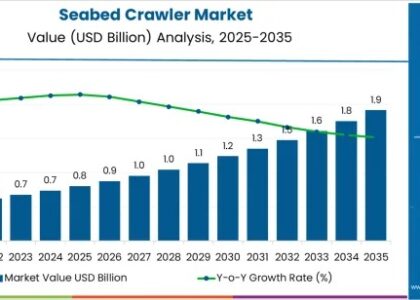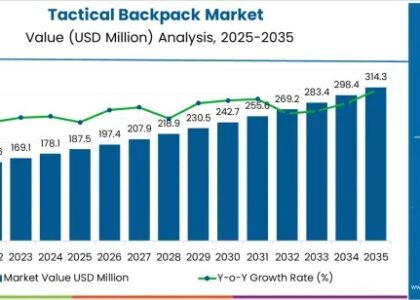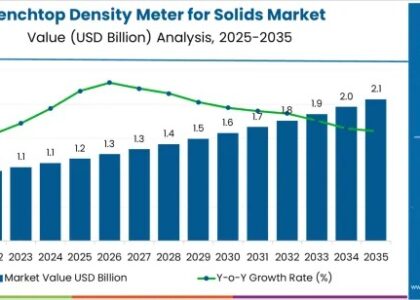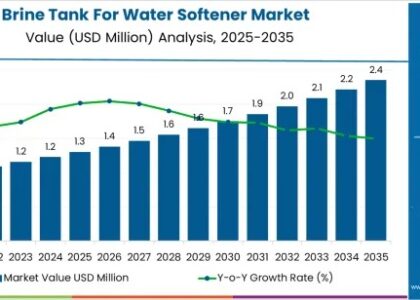For cyclists seeking to optimize performance and training, power meters have become an essential tool. This technology measures the force exerted on the pedals, providing crucial data on power output, which translates to a rider’s true effort. The cycling power meter market is currently experiencing a promising upswing, driven by a growing appreciation for data-driven training and a rise in cycling enthusiasts.
Current Scenario: Gearing Up
- Market Expansion: The global cycling power meter market is estimated to reach over USD $647.4 million by 2033, with a steady Compound Annual Growth Rate (CAGR) of 4.7% [1]. This growth is fueled by a confluence of factors:
- Increased Interest in Cycling: The popularity of cycling as a sport and recreational activity is on the rise, leading to a wider audience for power meters.
- Data-Driven Training Culture: Athletes and fitness enthusiasts are increasingly embracing data-driven training methods, and power meters offer valuable insights into training intensity and effectiveness.
- Technological Advancements: Manufacturers are developing more affordable, user-friendly, and feature-rich power meters, making them accessible to a broader range of cyclists.
Get Exclusive Sample Copy of the Report: https://www.futuremarketinsights.com/reports/sample/rep-gb-17131
Opportunities for Manufacturers: Shifting Gears
- Catering to Diverse Riders: Developing power meters for various needs and budgets will attract a wider customer base. This includes options for beginners, professional cyclists, and those focused on specific disciplines like road cycling or mountain biking.
- Innovation in Design and Functionality: Manufacturers who focus on sleek and lightweight designs, ease of use, and integration with cycling computers or smartphone apps will stand out in the market.
- Focus on Accuracy and Reliability: Providing accurate and consistent power data remains paramount. Manufacturers who prioritize these aspects will gain the trust of performance-oriented cyclists.
- The Rise of Smart Power Meters: Integrating Bluetooth or ANT+ connectivity into power meters allows for seamless data transmission to cycling computers or smartphones, enhancing the user experience.
Future Scope: Uphill Climb to Success
- Artificial Intelligence and Machine Learning: Integrating AI and machine learning into power meters can offer personalized training plans and insights based on an individual’s power data, performance history, and goals.
- Direct Drive Power Meters: These meters measure power output at the crankset, offering superior accuracy and becoming increasingly popular. Manufacturers can focus on improvements in this area.
- Subscription-Based Training Services: Power meter companies could explore offering subscription-based coaching and training plans based on user data collected by their devices.
- Integration with E-Bikes: As e-bikes gain traction, power meters could be integrated to provide data on rider effort and battery usage, enhancing the e-cycling experience.
Conclusion: A Winning Ride
The cycling power meter market offers exciting opportunities for manufacturers who can cater to the evolving needs of cyclists and embrace technological advancements. By focusing on innovation, user experience, and data-driven training solutions, manufacturers can stay ahead of the curve and ensure a successful ride in this growing market.





